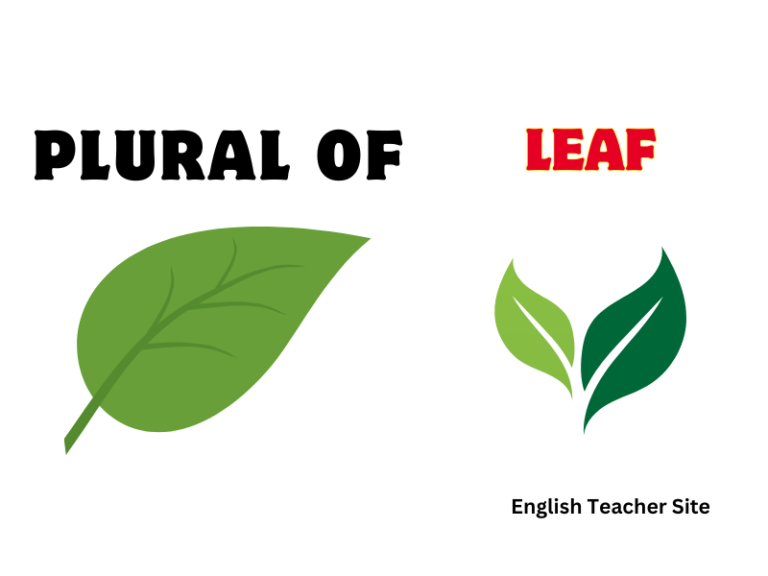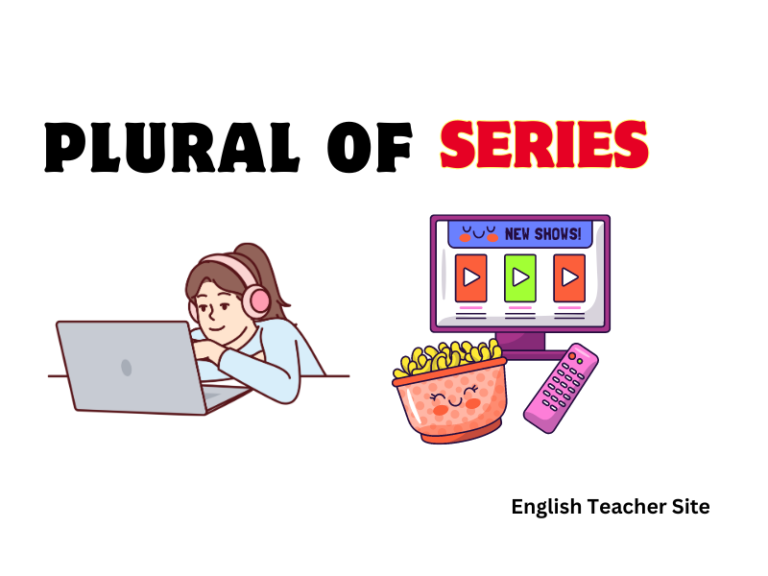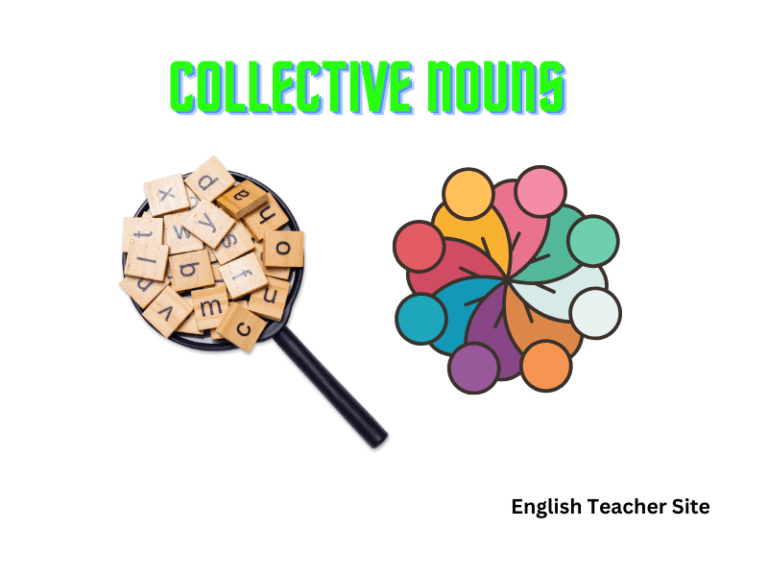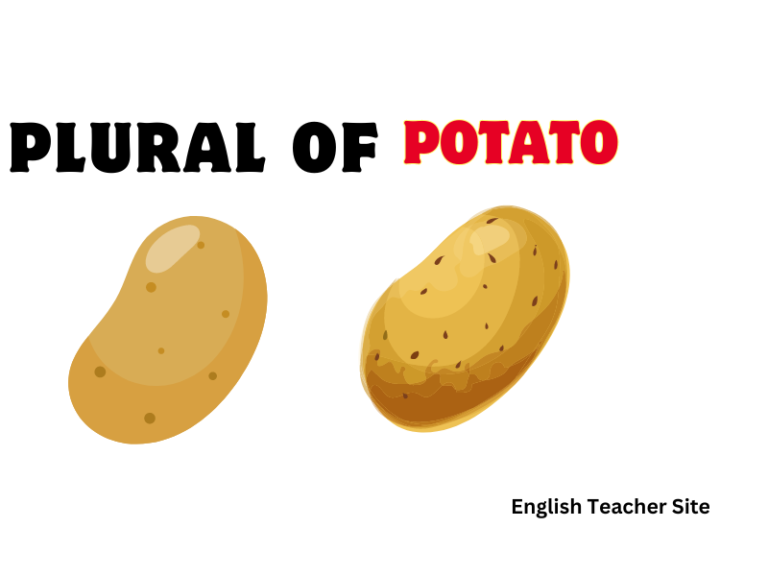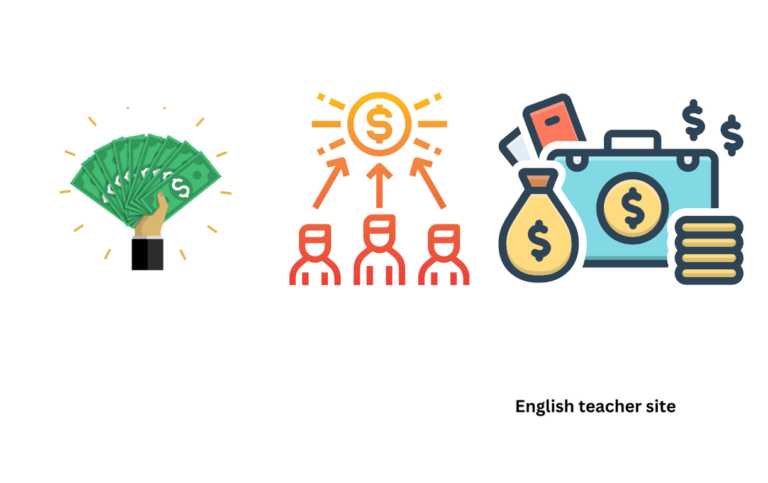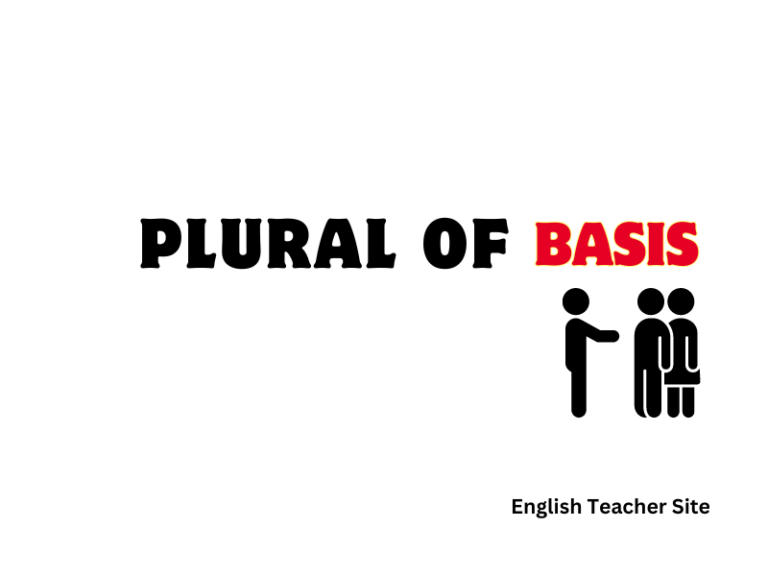What’s the Plural of Tooth: Understanding Dentistry Terms
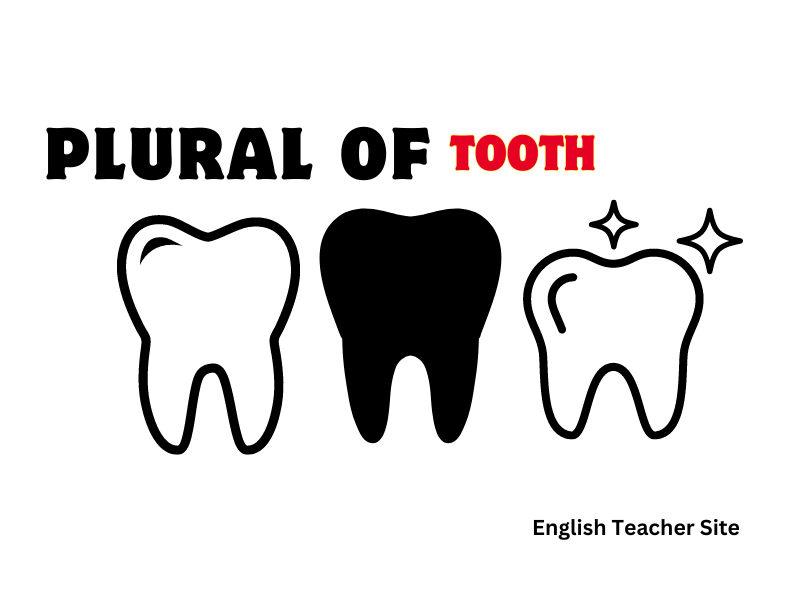
- The correct plural form of “tooth” is “teeth.”
- This transformation from “tooth” to “teeth” exemplifies an irregular plural noun in English.
- The i-umlaut or i-mutation is responsible for this type of vowel change in certain English plural nouns.
The plural of “tooth” is “teeth.” This change from “oo” to “ee” is an example of an irregular plural noun, which is a result of a historical linguistic process known as the i-umlaut or i-mutation. This phenomenon affected many words in the English language and is why we have several nouns that change vowels rather than just adding an ‘s’ or ‘es’ at the end to form their plural versions.
What’s the Plural of Tooth?
The plural of ‘tooth’ is ‘teeth’. This transformation is known as an irregular plural.
Below is a table illustrating this kind of change with similar examples:
| Singular | Plural |
|---|---|
| tooth | teeth |
| foot | feet |
| goose | geese |
| man | men |
| woman | women |
Further examples of ‘tooth’ in singular and plural forms can help to illustrate proper usage:
- Singular: The child’s first tooth emerged when she was six months old.
- Plural: Sharks have multiple sets of teeth that can regrow.
Understanding Teeth
Regular vs. Irregular Plurals
Not all nouns conform to a single pluralization rule.
| Regular Plurals | Irregular Plurals |
|---|---|
| adds ‘-s’ or ‘-es’ | undergoes change |
| book → books | man → men |
| car → cars | mouse → mice |
The Vowel Shift
In some cases, like “tooth” becoming “teens,” a historic process known as umlaut is at play.
| Singular | Plural | Phonetic Shift |
|---|---|---|
| tooth | teeth | /uː/ to /iː/ |
| foot | feet | /ʊ/ to /iː/ |
Patterns within irregular plural forms are often remnants of historical linguistic evolutions.
Examples of Plural Forms:
- One child, two children
- A woman, several women
Singular Form of Tooth
The singular noun tooth refers to one of the hard, calcified structures in the jaws of vertebrates, used for chewing and biting. This term embodies a broader meaning within humans and animals, being integral for various functions beyond eating, including speech and facial structure.
Usage of the Singular Form:
- I have to see the dentist because I chipped my tooth.
To visually organize its singular and plural forms, consider the following tables:
Attributes of ‘Tooth’:
| Attribute | Description |
|---|---|
| Number | Singular |
| Function | Chewing, biting, aiding digestion, speech, support |
| Location | In the mouth, arranged on the jaws |
Singular vs. Plural Forms:
| Singular | Plural |
|---|---|
| Tooth | Teeth |
- When counting: “You have a baby tooth about to fall out.”
- In dental care: “The front tooth requires a filling.”
Other Irregular Plural Nouns (the I-umlaut/I-mutation)
The plural of “tooth” as “teeth” is an excellent example of an irregular plural noun that undergoes a process known as the I-umlaut or I-mutation. This linguistics phenomenon typically involves a change in the vowel sound of a word when forming its plural.
Below is an overview of other nouns that exhibit a similar pattern.
Common Nouns with I-mutation:
| Singular | Plural |
|---|---|
| foot | feet |
| man | men |
| woman | women |
| goose | geese |
| mouse | mice |
Linguistic Characteristics:
- Vowel Shift: The singular form’s vowel sound shifts to form the plural.
- Historical Origin: I-mutation is a historical sound change influencing certain Indo-European languages’ grammar.
Examples in Sentences:
- A child learning to walk takes their first steps with tiny feet.
- One man may have an idea, but it takes several men to bring it to life.
- The difference between a woman and women goes beyond just a vowel change; it represents individuality and plurality.
- Look at the flock of geese flying in a V formation.
- In the tale, the mouse helps the lion and later, many mice come to the rescue.
Application Examples of Tooth (in Sentences)
Singular Application:
- A tooth can be found in the jaws of vertebrates and is essential for chewing.
Plural Application:
- Sharks are known to regrow their teeth throughout their lives.
Table 1: Singular Use of Tooth in Sentences
| Sentence | Explanation |
|---|---|
| The baby’s first tooth is finally coming in. | Indicates a single calcified structure. |
| He felt a sharp pain in his back tooth while eating. | Refers to a specific single tooth. |
Table 2: Plural Use of Teeth in Sentences
| Sentence | Explanation |
|---|---|
| Children usually start losing their baby teeth around age six. | Indicates multiple calcified structures in the context of development. |
| Regular brushing is vital for healthy teeth. | Refers to the complete set of one’s dentition. |
- Singular: An impacted tooth can lead to various dental issues.
- Plural: Some cultural myths suggest that dreams about losing teeth symbolize transformation or loss.
- Singular: A cavity in a tooth needs to be repaired to prevent further damage.
- Plural: Teeth whitening procedures have become increasingly popular.
Application Examples of Teeth:
Dentistry and Healthcare:
- Identification of dental issues: “The dentist examined her teeth for signs of cavities.”
- Discussion of hygiene practices: “Brushing your teeth twice a day helps prevent gum disease.”
Education and Linguistics:
- Teaching irregular plurals: “Unlike ‘tooth’, the plural is teeth, demonstrating an irregular formation in English.”
Biology and Zoology:
- Describing animal diets: “The lion’s sharp teeth are well-suited for a carnivorous diet.”
- Explaining functions: “An elephant uses its tusks, which are elongated teeth, for defense and digging.”
Literature and Storytelling:
- Creating imagery: “The dragon bared its teeth, ready to breathe fire.”
Here are two examples where teeth can be categorized:
| Context | Sentence Example |
|---|---|
| Oral Hygiene | “Flossing one’s teeth is as crucial as brushing.” |
| Dietary Descriptions | “Herbivores have flatter teeth for grinding plants.” |
| Context | Sentence Example |
|---|---|
| Comparative Anatomy | Animal teeth vary significantly between species.” |
| Idiomatic Expressions | “He had a grin from ear to ear, showing all his teeth.” |
Synonyms for Tooth/Teeth
Synonyms for “Tooth”
| Formal Synonyms | Slang/Colloquial Terms |
|---|---|
| Molar | Chomper |
| Canine | Grinder |
| Incisor | Biter |
| Premolar | Gnasher |
In a formal or medical setting, one might refer to specific types of teeth, such as molars for grinding food, canines for tearing, or incisors for cutting. In a more casual or colloquial context, words like “chomper” or “gnasher” can be used humorously to refer to one’s teeth.
Synonyms for “Teeth”
| Formal Synonyms | Slang/Colloquial Terms |
|---|---|
| Dentition | Pearly whites |
| Set of teeth | Chompers |
| Bite | Grill |
- Besides these synonyms, other terms like “ivories” or “fangs” might find their way into various discussions, further demonstrating the flexibility of the English language. Ivories often portrays teeth as valuable or precious, while fangs typically refer to the long, sharp teeth found in certain animals or mythic creatures, and sometimes used metaphorically for humans.
Origin of the Word Tooth/Teeth
The word “tooth” is an ancient term with deep linguistic roots. It traces back to Proto-Germanic *tanþs and linguists suggest a cognate in almost every related language, signaling a common origin.
Etymology of “Tooth”
The English word “tooth” stems from the Old English toð, which parallels other Germanic languages. For instance:
| Old English | Proto-Germanic | Old High German | Old Norse |
|---|---|---|---|
| toð | *tanþs | zant | tönn |
Phonetic Development
In Proto-Germanic, *tanþs featured a dental stop consonant “t” followed by an interdental fricative “þ” sound. Over centuries, these phonemes have evolved to the modern English pronunciation we use today.
| Phonetic Feature | Description |
|---|---|
| Voiceless Dental Stop | Represented as “t” |
| Voiceless Interdental | Represented as “th” |
Cognates Across Languages
Comparative linguistics reveals cognates in other languages stemming from the same root:
- Old Saxon: zand
- Old High German: zant
Sources
My name is Khamis Maiouf. I am the creator of the English Teacher Site, dedicated to providing valuable resources and insights for students around the world. With a passion for education and a commitment to helping students enhance their skills, I aim to make English teaching more effective and enjoyable for both educators and students.

